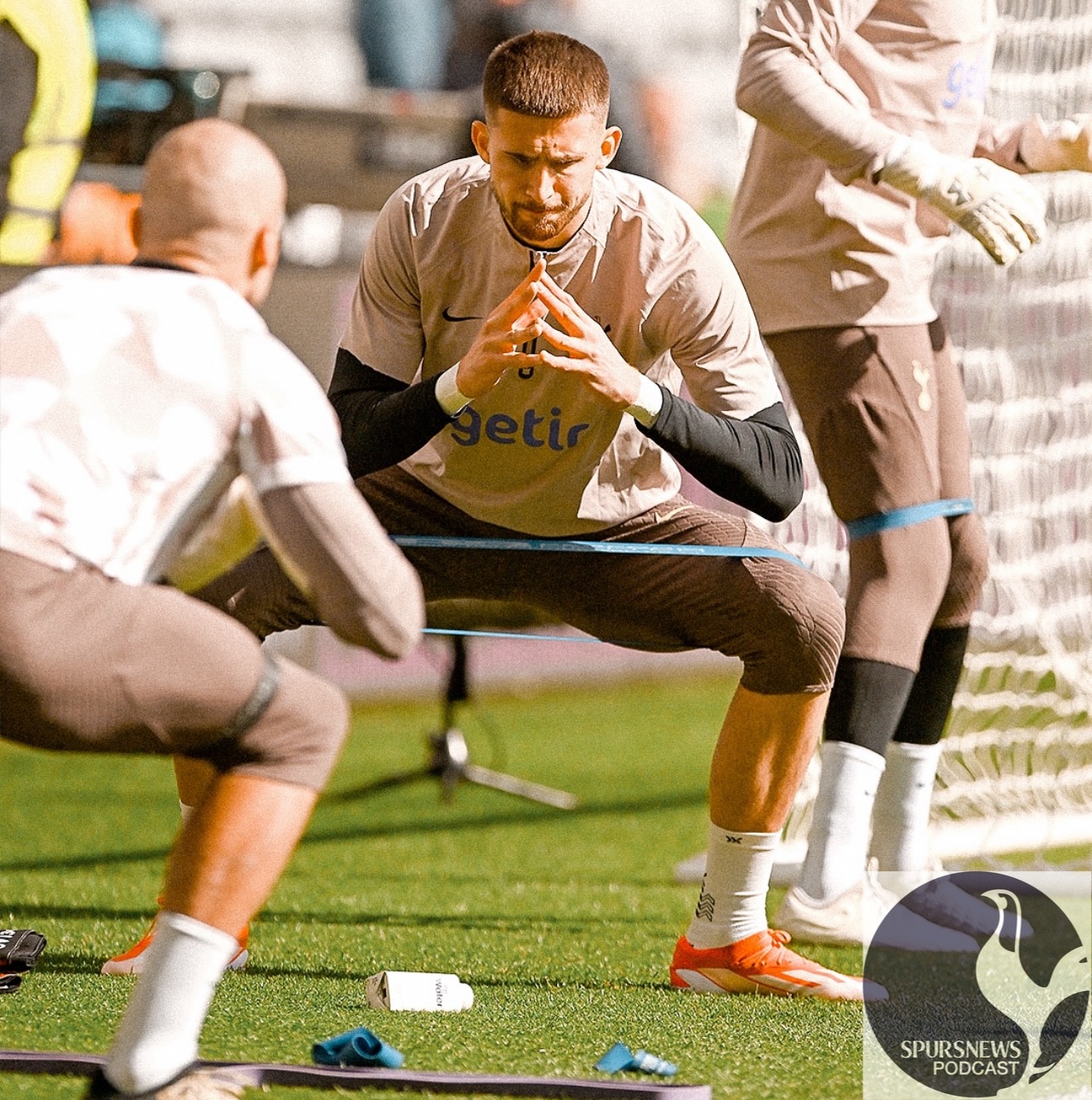Tottenham Hotspur have revealed that the recent testing of the club’s retractable pitch system at their new stadium has been a success.
The innovative system features the club’s artificial NFL pitch sitting at the base of the stadium, while a real turf football pitch will sit in three pitch-long steel trays, weighing more than 3,000 tonnes each.
The surface will split into three sections to show each tray before retracting under the south stand to reveal the artificial playing surface underneath. The process of switching from one surface to another is expected to take approximately 25 minutes.
The west and centre sections of the retractable grass pitch – huge trays each made up of 33 smaller trays – were tested on Saturday and Sunday as they were moved out from underneath the south stand before joining together and then returning back into the stand’s garage.
The system has been designed, engineered, built and installed by Sheffield-based engineering specialist SCX, and the east section set to be tested in the near future ahead of the stadium’s opening in August.
Aside from two of the pitch sections, the hydraulic sides inside the stadium were also tested over the weekend. Weighing 480 tonnes the sides lift once the three pitch trays are connected in order to raise the touchlines so they are at the same level as the grass playing surface.
The many elements that make up the process have been tested over several years across a number of locations around the country, including Tottenham’s training centre, and this was the first time all that work has been seen in action in one place inside the new stadium.
Nick Cooper, head of moving structures in the project, said: “The weekend represented the first time we’ve moved the pitch trays out. To do that, we had to fix up the generators, the electrics, SCX brought down their design and mechanical engineers just in case anything happened and what I can report is that it worked first time exactly how we wanted it to work, which is great news.
“The hydraulic sides are enormous, a 120-metre truss that runs the full length of the pitch and it all moves up and raises together. In one side, there are eight moving bridges all operating concurrently. That is a tremendous achievement by the electrical engineers. The sides weigh 480 tonnes, so we’re lifting 480 tonnes up in a matter of minutes – and it all works beautifully.”
Danny Pickard, senior project manager at SCX, explained how much effort went into the process.
“It’s the first time the moving pitch as a completed unit has been slid out and moved together,” he said.
“The weekend was all about the first movement from the garage area where we’ve assembled the pitch trays to bring them out into the bowl to see how smoothly it ran, to see how well the edges of the trays lined up and to also interface with the hydraulic pitch sides, so a test of what we’d call the big picture, how all the big pieces fit together.
“It took a lot of work by a lot of people to get it there, lots of late nights but the weekend went brilliantly. We’d done a lot of testing beforehand of all the smaller pieces but the size and scale of the overall project…there is a lot of weight, mechanisms, manufacturing tolerances and installation tolerances, so to have tested all that and for it all to have fitted together first time was a great achievement for everyone who has put it together. It was a massive milestone completed for us.”
John Hewitt, director at Hewitt Sports Turf, added: “We started on trials three or four years ago. We’ve had a trial at the training ground and it’s invisible to see (the join) at ground level.
“That’s where we started from – if we couldn’t do that part, it would never be achieved here. A lot of development work has gone into it and it’s proved very successful.”
Darren Baldwin, Spurs’ head of playing services and estates, revealed that the club has made the rare move of appointing two head groundsman for the new stadium.
“All the trays are in the garage and we’re now working through the process of all the in-fills, all the different layers including drainage layers, FAVS (force air vacuum system) air system irrigation and undersoil heating, working through all those steps,” he said.
“This is the life support of the pitch. That’s where we’re at and it’s important to say that the actual green bit, the grass that everyone is keen to see, will be last, a week out from our first test event.
“This is going to be the most unique stadium in the world and the most challenging with the amount of events we want to put in it. With that insight, we’ve appointed two head groundsmen at the stadium, a world-first. It’s now up to us to build the rest of the team.”
(football.london)














